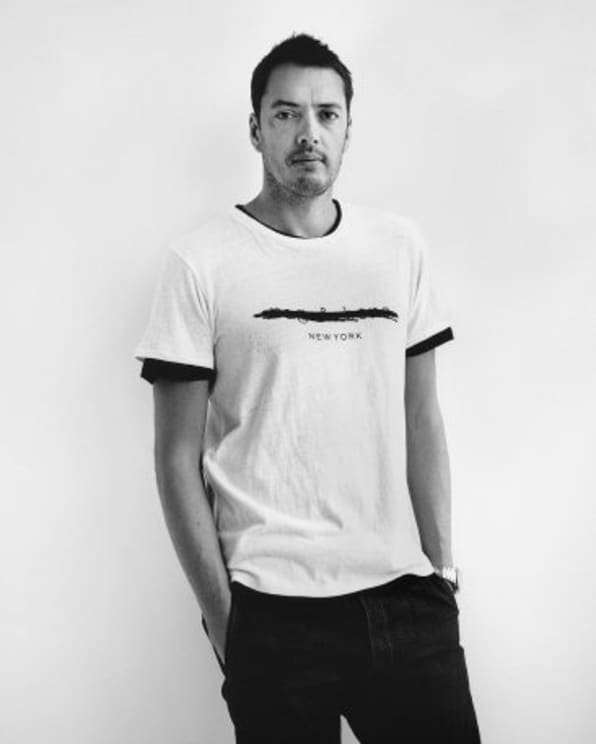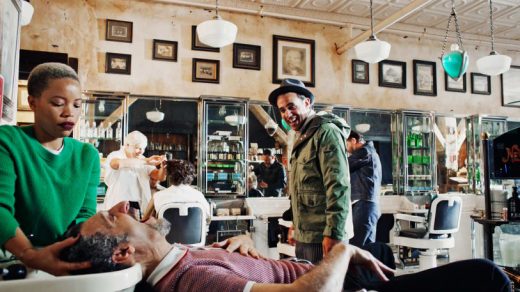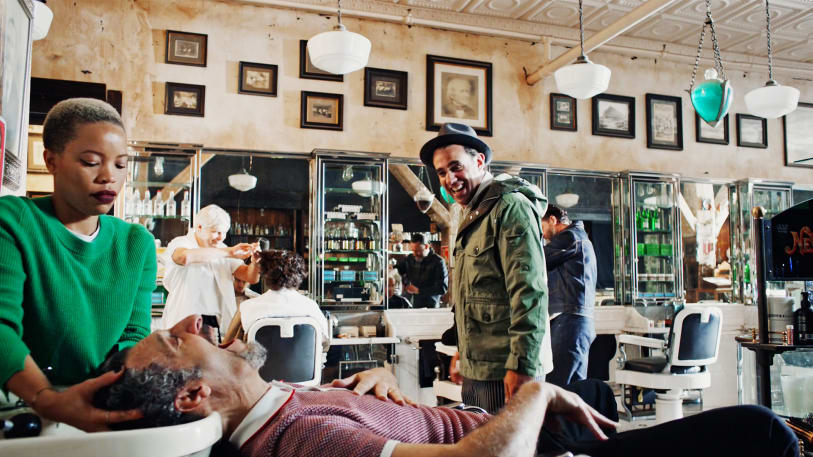‘There Are No Rules’ rag & bone’s CEO On Challenging The Status Quo
After the turmoil of the most recent presidential election, Marcus Wainwright had an epiphany.
“It just confirmed to me that there are no rules,” says Wainwright co-founder and CEO of retailer rag & bone. “Why not break the mold? Why not try something original and see what happens? You can’t just accept the status quo because someone else has told you that’s how it should work.”
rag & bone has always been somewhat unconventional. With no formal training in fashion, Wainwright co-founded his company in 2002, designing clothes that focused on perfecting the basics (jeans, t-shirts, etc.) in order to give the wearer a blank canvas for adding their personal style. That idea of turning over the keys to someone else’s creative vision has been a staple in rag & bone’s marketing strategy as well, most notably with the ongoing D.I.Y. Project (getting models to take their own photos in rag & bone clothes with no photoshop or hair and makeup styling) and most recently with the short film Hair that premiered at the Tribeca Film Festival.
Directed by actor John Turturro, Hair stars Turturro and Bobby Cannavale as themselves musing about the significance of hair. Although both actors are wearing rag & bone in the five-minute short, there’s nary a forthright brand mention or much talk of clothing at all.
“Is it putting the clothes first and foremost? No, but that’s the entire point. It’s about personal expression and how you can use rag & bone to create your own aesthetic,” Wainwright says. “Our overall marketing strategy has always been to try and do the opposite of what everyone else is doing and to challenge the status quo of this assumed set of rules that the fashion world operates in. It’s an imaginary set of rules that everyone abides by and for many years it definitely worked. But it’s been very obvious that that old way of communicating is not really relevant these days.”
There’s certainly been a growing trend in the fashion world to create short films where the clothes have little to do with the action other than the fact that the characters are wearing them, e.g. Kenzo tapping Portlandia’s Carrie Brownstein to direct The Realest Real and David O. Russell guiding Allison Williams, Kuoth Wiel, and Freida Pinto through a Hitchcockian nightmare for Prada. rag & bone even went down this same road before last year with Michael Pitt directing and starring in The Driver.
“When it comes to these projects, rather than us specifying you need to do this, it’s finding people that we admired who are original thinkers and have an original point of view and to let them use rag & bone in a way that works for their concept,” Wainwright says. “The acid test for us is if you take something like Hair and you ignore the fact that rag & bone had anything to do with it, is it good? Does it have the authenticity of thought behind it? If the answer is yes, then we’ve achieved what we’re trying to achieve.”
“And it’s the same with the clothes,” he continues. “If you take a pair of jeans, does it have integrity? What are the details like? What was the thought process that went into making that pair of jeans? Who made the fabric? Where did the indigo come from? It’s not about brand splayed everywhere it’s about the integrity of the product itself.”

Aside from the election giving Wainwright the silver-lined feeling of anything being possible, the state of the fashion business itself has reinforced his stance on rag & bone running counter to staid principles. As long as a project has integrity behind it and a personal connection to whoever is anchoring it, Wainwright believes that’s enough to make rag & bone resonate in a crowded and competitive industry.
“At the moment, the fashion system is in a lot of flux: the fashion calendar is changing, the way people consume fashion is changing, advertising has changed drastically, political landscapes changed the way people view and prioritize their lives, so you’ve got to try something new,” Wainwright says. “You can’t just keep jamming fashion shows down their throat if it’s not working and connecting with the consumer. It’s inspiring for me to be able to work with these people and see how they interpret what we do with the clothes. We’re not turning our backs on the fashion side of things–that’s obviously hugely important–but we are just exploring different ways of communicating with people. And I think that’s the future.”
(29)



